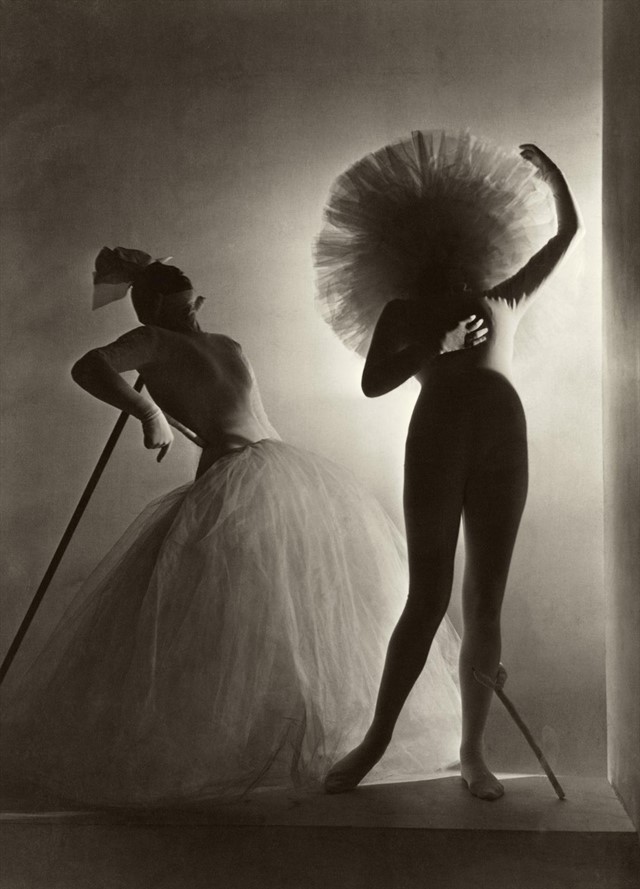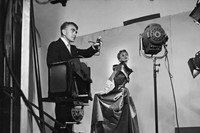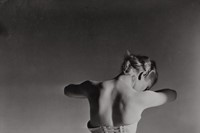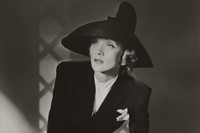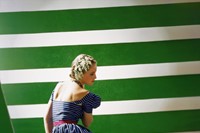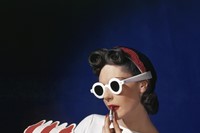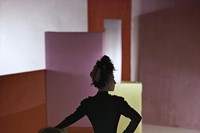In celebration of the V&A's Horst retrospective, we speak to Andy Cowan, Director for the Horst estate, about the late photographer's outstanding legacy
Horst P. Horst received his first photo credit in 1931 for a French Vogue advertorial featuring a model clad in black velvet, holding a Klytia scent bottle. This was the start of the German-American photographer’s prolific career spanning six decades, in which his signature chiaroscuro style and imagination helped to define what we have come to know as The Fashion Photograph. Pre-digital, in an era where a man would stand beneath a black cloth to take a photograph, his sprawling fashion stories and portraitures are as powerful now as when they were first published.
"So much fun," are the words used by Anna Wintour to describe the photographer, who exuded wit, charm and modesty in abundance. From the iconic Mainboucher Corset (1939) to Round The Clock (1987), featuring a set of legs dressed in stockings emerging from a mass of tulle underskirt, his articulate shadows and poetic compositions are instantly recognisable. He was also highly skilled at photographing interiors, flowers and backdrops. Next week, the V&A launches its definitive retrospective, Horst: Photographer of Style, documenting and exploring his collaborations with Coco Chanel, Elsa Shiaparelli and Marlene Dietrich amongst others, all of whom he counted as friends. Here, we speak to Director of the Horst P. Horst estate, Andy Cowan about the late photographer’s legacy.
When did you first become familiar with Horst?
I already knew of Horst as one of the great figures in fashion photography, but my familiarity really started in 1985 when I was working on an exhibition to celebrate his 80th birthday. I spent quite a lot of time at his house in Oyster Bay with Horst and his partner and biographer, Valentine Lawford, who kindly wrote detailed captions for of all the photographs. So not only was I able to feast on countless images, but I was also able to sit and listen to Horst’s astute and insightful commentaries on the sitters or on the stories that lay behind so many of the pictures.
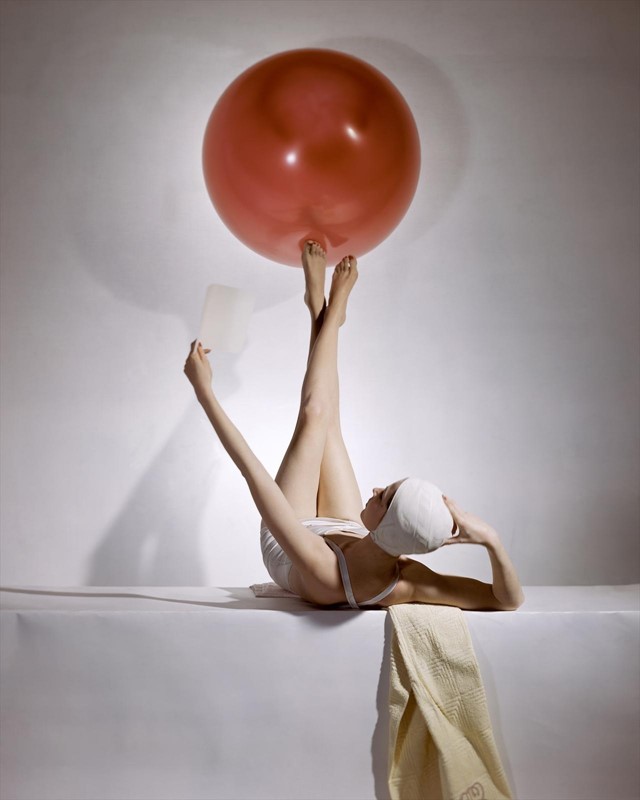
How would you describe Horst as a character?
Debonair in appearance and in manner, Horst was invariably charming and entertaining. He loved to be the focus of attention, and appeared to be humbled by the attention and interest being shown in his work. Underneath it all, however, he was fully aware that he had lived and indeed become part of some of the most exciting chapters of the century. As much as he would praise those he admired, he had no fear whatsoever of criticising those whose reputations he felt were neither fully deserved nor based on merit.
"Debonair in appearance and in manner, Horst was invariably charming and entertaining" — Andy Cowan
What was the first piece by Horst that you acquired?
A 14x11 inch silver print of the Mainbocher Corset, but the piece that sticks in my mind from that first exhibition is a photograph that Horst gave me, a portrait of himself taken by Hoyningen-Huene in 1931.
What is your favourite images by Horst?
There are two images by Horst that have become my firm favourites: Classical Still Life, 1937 and Houdon Still Life, 1939. Both were made as studies for needlework patterns. I suppose it is slightly ironic that my chosen images are both sculptural still lifes, devoid of humanity, from an artist renowned for his ability to charm his models and sitters.

Do you have a favourite story about Horst?
It concerns a lunch he was having with Schiaparelli in Paris in the 1930s. Before they had even had a chance to eat, Chanel appeared at the same restaurant. It was no secret that Chanel and Schiaparelli did not get on, and that Chanel was very fond of Horst. Before seating herself at her table, Chanel came to say hello to Horst, who, of course, immediately stood up. The story goes that Chanel then talked to Horst for so long, that in the end he had to leave the restaurant and go back to the Vogue Studio, without ever having the opportunity to sit down and have lunch with Schiaparelli.
Do you have a favourite piece of art in your house?
Aside from the work of Horst, there is one piece that is a particularly close to my heart. I used to be very close to Norman Parkinson, who sadly died suddenly and unexpectedly. Shortly afterwards I was lunching with Mr. Irving Penn in New York, and we reminisced about “Parks” (Norman Parkinson) and the energy and vivacity he possessed which seemed to infect all those around him. I asked if Mr. Penn would make a print from a series of portraits of Parks that he had made for US Vogue. I heard nothing more for some months, no print, no invoice, and felt it would be somehow improper to raise the subject again. After all, it was not quite the done thing to make requests for prints from Mr. Penn, unless he had already decided to edition an image. Then the week before Christmas a package arrived at the gallery: six portraits of Parks from the series I had mentioned, each signed and inscribed to me. Next to my two favorite Horsts, this is the most treasured piece of art in my house.
Horst: Photographer of Style is at the Victoria & Albert Museum from 6 September.
Text by Mhairi Graham
